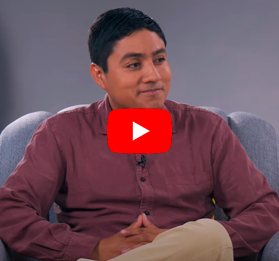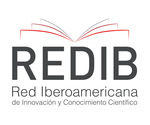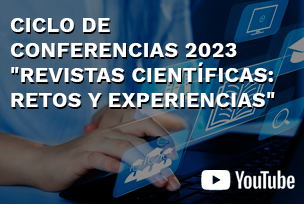Evolution of the degree of facial nerve involvement with physiotherapy in a specialized institute in Lima
DOI:
https://doi.org/10.20453/rhr.v4i1.4141Abstract
The physiotherapy is essential in the treatment of facial paralysis, the House-Brackmann 2.0 scale records and evaluates the involvement of the facial nerve, making an analysis of functionality, facial symmetry and synkinesis, allowing to observe the changes in their evolution. Objective: To record the changes present in patients with peripheral facial paralysis after a standard treatment for a certain time in a Specialized Institute. Material and Methods: Observational, descriptive single cohort type, longitudinal and prospective study that evaluated all adult patients with peripheral facial paralysis who attended the Neurorehabilitation service of the INCN, fulfilling the inclusion criteria. The instrument used was the House-Brackmann 2.0 scale, which was applied four times (first day of evaluation, first month, second month and third month). Results: It was observed that the average score of the degree of the facial nerve involment before treatment was 18,82 (CI:11-24/Grade IV); In the second evaluation, even with the 72 patients, it decreased to 10,87 (CI: 5-21/Grade III); 65 patients arrived at the third with 6,32 (CI:4-14/Grade II) and finally 23 patients with 4,26 (CI: 4-7/Grade I) arrived at the fourth. Conclusions: 97,2% of patients who started their treatment presenting a grade IV, culminated in grade I achieving facial symmetry and muscle strengthening, according to the House-Brackmann 2.0 scale.
Downloads
Published
How to Cite
Issue
Section
License
All articles published in the Revista Herediana de Rehabilitación are under a Creative Commons Reconocimiento 4.0 International license.
The authors retain the copyright and grant the journal the right of first publication, with the work registered with the Creative Commons License, which allows third parties to use what is published whenever they mention the authorship of the work, and to the first publication in this magazine.
Authors can make other independent and additional contractual agreements for the non-exclusive distribution of the version published in this journal, provided they clearly indicate that the work was published in this journal.
The authors can file in the repository of their institution:
The research work or thesis of degree from which the published article derives.
The pre-print version: the version prior to peer review.
The Post-print version: final version after peer review.
The definitive version or final version created by the publisher for publication.











 Esta obra está bajo una
Esta obra está bajo una 